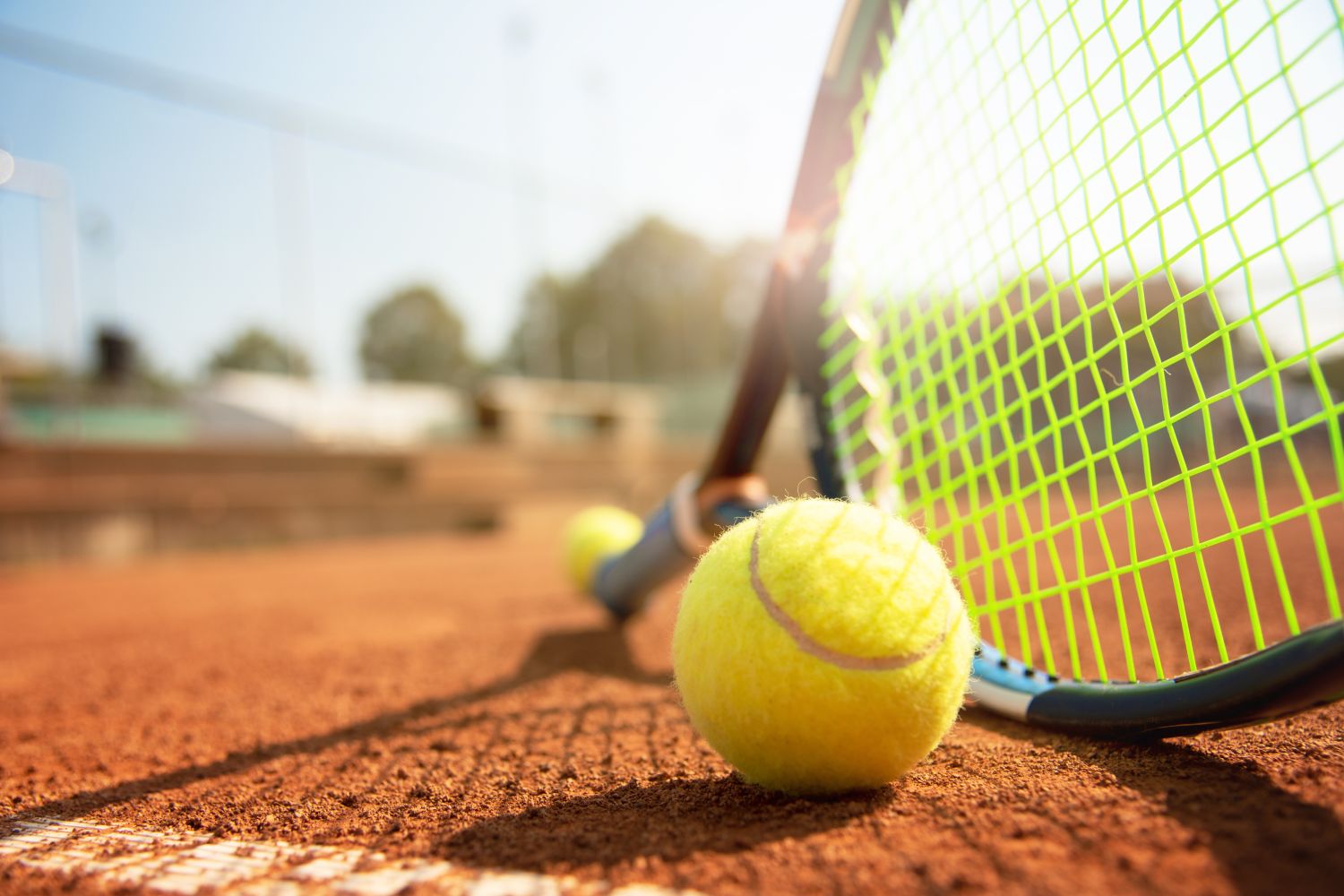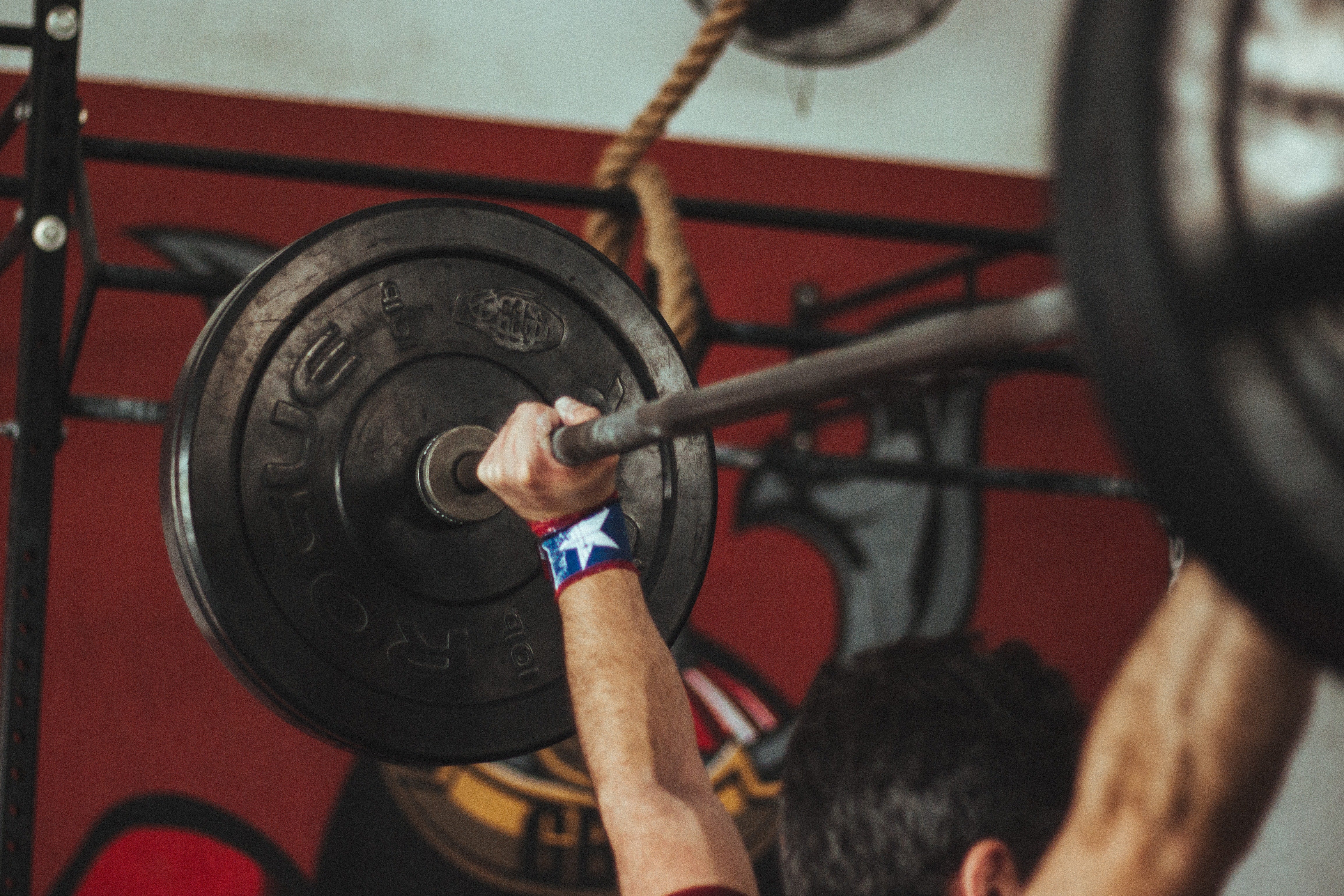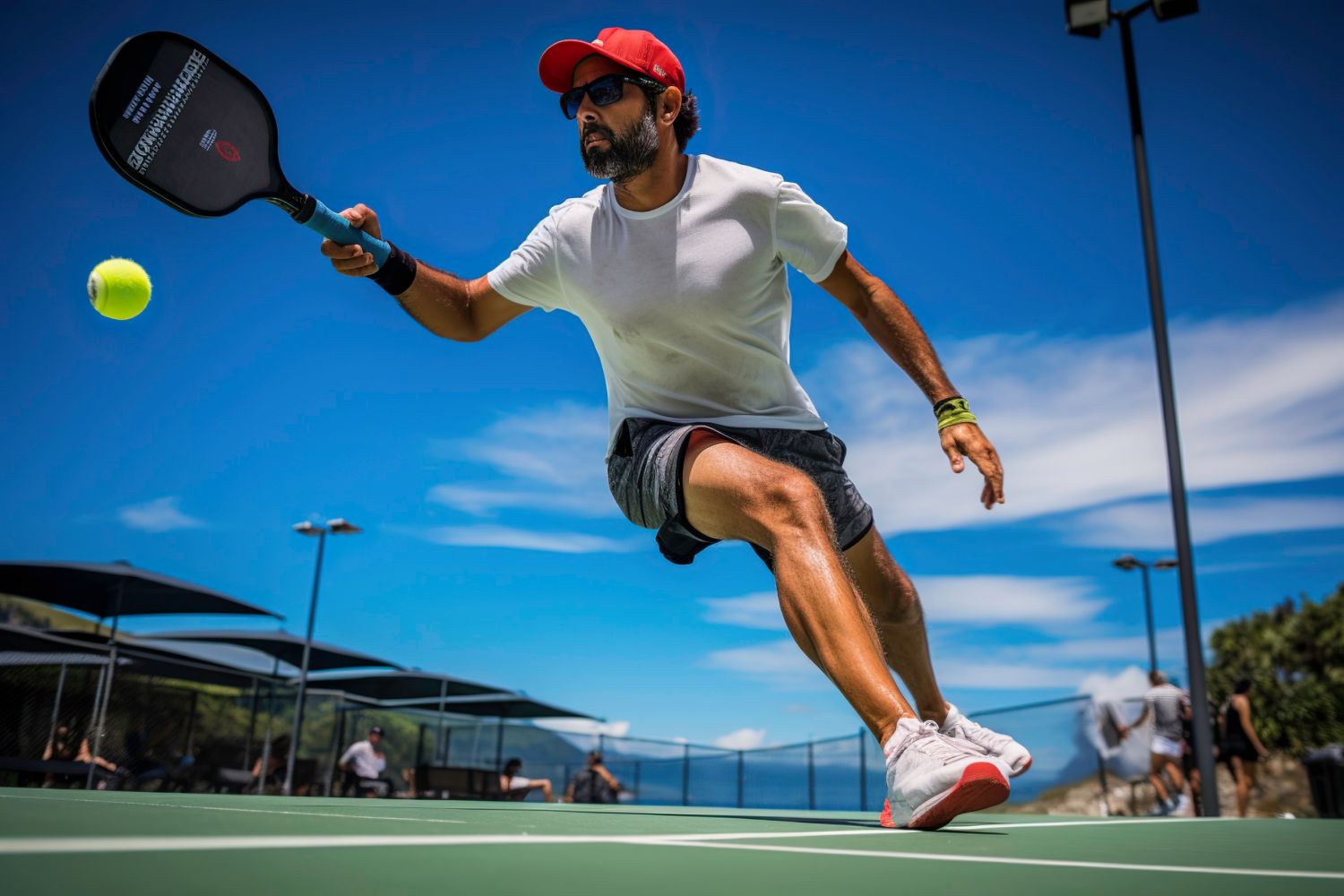Pickleball, a fast-paced and engaging racquet sport, has gained immense popularity across various age groups. With this surge in participation, certain injuries commonly afflict pickleball players.
These injuries can range from strains and sprains to more specific ailments like tennis elbow and knee injuries. This article looks at the prevalent injuries associated with pickleball gameplay and provides insights into effective recovery methods.
What Are the Common Injuries Experienced in Pickleball?
One of the most frequent injuries is the strain or sprain, typically occurring due to sudden movements, abrupt stops, or pivoting during gameplay. These strains might affect the lower back, shoulder, or ankle regions.
Tennis elbow, a form of tendinitis affecting the outer part of the elbow, is prevalent among pickleball players due to repetitive arm motions while striking the ball. Knee injuries, including patellar tendinitis or meniscus tears, often occur due to the constant bending and quick lateral movements inherent in pickleball.
These injuries can cause discomfort and restrict mobility, affecting the player's performance and enjoyment of the game. Overuse injuries such as muscle strains and ligament sprains are also commonplace among pickleball players, often attributed to repetitive swings, sudden changes in direction, or inadequate warm-ups.
The repetitive nature of the sport can exacerbate these injuries if not addressed properly. Understanding the causes and nature of these injuries is vital in implementing preventive measures and adopting effective recovery techniques for a fulfilling pickleball journey.
How Can You Recover Effectively From Pickleball Injuries?
Recovering from pickleball injuries requires a comprehensive approach that combines rest, proper care, and targeted recovery methods. Let's explore effective strategies to aid in the healing process.
Rest and Ice Application
One of the primary steps in recovery involves ample rest to allow the injured area to heal. Additionally, applying ice packs intermittently for 15 to 20 minutes at a time in the initial stages helps reduce inflammation and soothes pain associated with pickleball injuries.
Compression and Elevation
Utilizing compression bandages helps manage swelling and provides support to the injured area. Elevating the injured limb above heart level while resting aids in reducing swelling by allowing fluids to drain away from the injury site.
Stretches and Exercises
Engaging in gentle stretches and exercises, particularly under the guidance of a physical therapist, aids in maintaining flexibility and mobility in the affected area. Targeted stretches for tennis elbow, knee injuries, or strains help alleviate stiffness and promote healing.
Incrediwear Products for Supportive Recovery
Incorporating Incrediwear products such as elbow sleeves, knee sleeves, or compression apparel during recovery can offer support in the healing process. These products utilize innovative fabric technology to support healthy blood flow, which may assist in soothing discomfort and healing injured areas.
Gradual Return to Activity
As the injury heals, gradually reintroduce pickleball or other physical activities. Start with light movements and slowly increase intensity to avoid re-injury. Focus on proper technique and body mechanics to prevent further strain.
Professional Guidance and Rehabilitation
Seeking guidance from healthcare professionals or physical therapists ensures tailored recovery plans aligned with individual injury needs. Rehabilitation programs targeted at strengthening and conditioning the affected area are crucial for long-term recovery and injury prevention.
It's vital to approach recovery with patience and consistency. Rushing back into intense physical activity before the injury fully heals can exacerbate the condition. Each individual's recovery journey may vary, emphasizing the importance of listening to the body and gradually progressing as the injury heals.
How Can Pickleball Players Prevent Injuries and Maintain Wellness?
Prevention is key to ensuring a fulfilling and injury-free pickleball experience. Here are essential measures to prevent injuries and maintain overall wellness.
Proper Warm-Ups and Stretching
Initiate your pickleball sessions with thorough warm-up exercises and dynamic stretching. This prepares your muscles, tendons, and ligaments for the physical demands of the game, reducing the risk of strains or sprains.
Technique Refinement
Focus on refining your pickleball technique. Improper strokes or movements can lead to overuse injuries. Seek guidance from coaches or experienced players to ensure correct form and minimize the risk of injury.
Appropriate Equipment and Footwear
Invest in high-quality pickleball gear and appropriate footwear with adequate support and cushioning. Proper shoes with good arch support and cushioning help absorb impact and reduce stress on the lower limbs.
Conditioning and Strength Training
Incorporate off-court conditioning and strength training exercises to improve overall fitness and strengthen the muscles involved in pickleball movements. A well-rounded fitness routine contributes to injury prevention and enhances performance on the court.
Hydration and Nutrition
Stay hydrated before, during, and after playing pickleball to prevent dehydration, cramping, and fatigue. Maintain a balanced diet rich in nutrients to support muscle recovery and overall well-being.
Adequate Rest and Recovery
Allow sufficient time for rest and recovery between pickleball sessions. Overexertion and inadequate rest can increase the likelihood of injuries. Listen to your body and incorporate rest days into your routine.
By implementing these preventive measures, pickleball enthusiasts can reduce the risk of common injuries and maintain a healthy and enjoyable playing experience. Prioritizing injury prevention alongside wellness practices contributes to a fulfilling and sustained pickleball journey.
Wrapping Up
Navigating the world of pickleball involves relishing the game's excitement and understanding the potential injuries that can accompany it. Acknowledging and addressing common pickleball injuries, such as strains, sprains, tennis elbow, and knee injuries, is crucial for players seeking a fulfilling and injury-free experience.
Players can proactively manage their well-being and recovery by comprehending the causes, symptoms, and effective recovery strategies for these injuries. Incorporating rest, targeted recovery methods, and utilizing supportive aids like Incrediwear products during the healing process can assist in a smooth recovery journey.
Prioritizing injury prevention through proper warm-ups, technique refinement, equipment selection, and overall wellness is paramount for a sustained and enjoyable pickleball experience. Embrace these insights, maintain a balanced approach to play, and prioritize both recovery and preventive measures to continue enjoying the exhilarating sport of pickleball for the long term.
Sources:
Read more

The world of tennis demands rigorous physical activity, often leading to strain, injuries, and prolonged recovery periods. The proper management of recovery and injury prevention is paramount for p...

Getting started with a new fitness routine can be a challenge. Many people find that they feel motivated at the beginning but quickly begin to feel overwhelmed and give up on the positive new habit...






Leave a comment
All comments are moderated before being published.
This site is protected by hCaptcha and the hCaptcha Privacy Policy and Terms of Service apply.